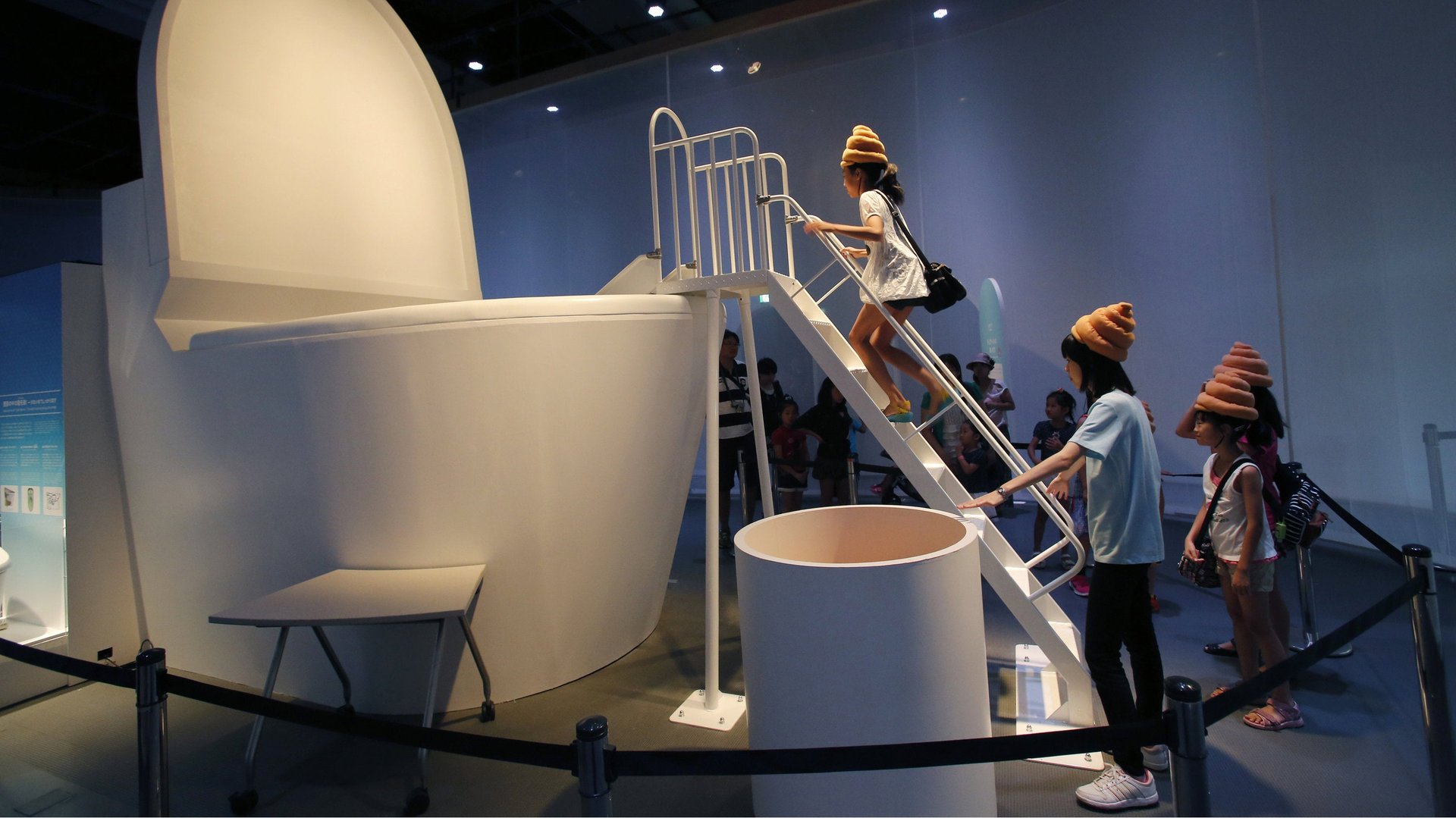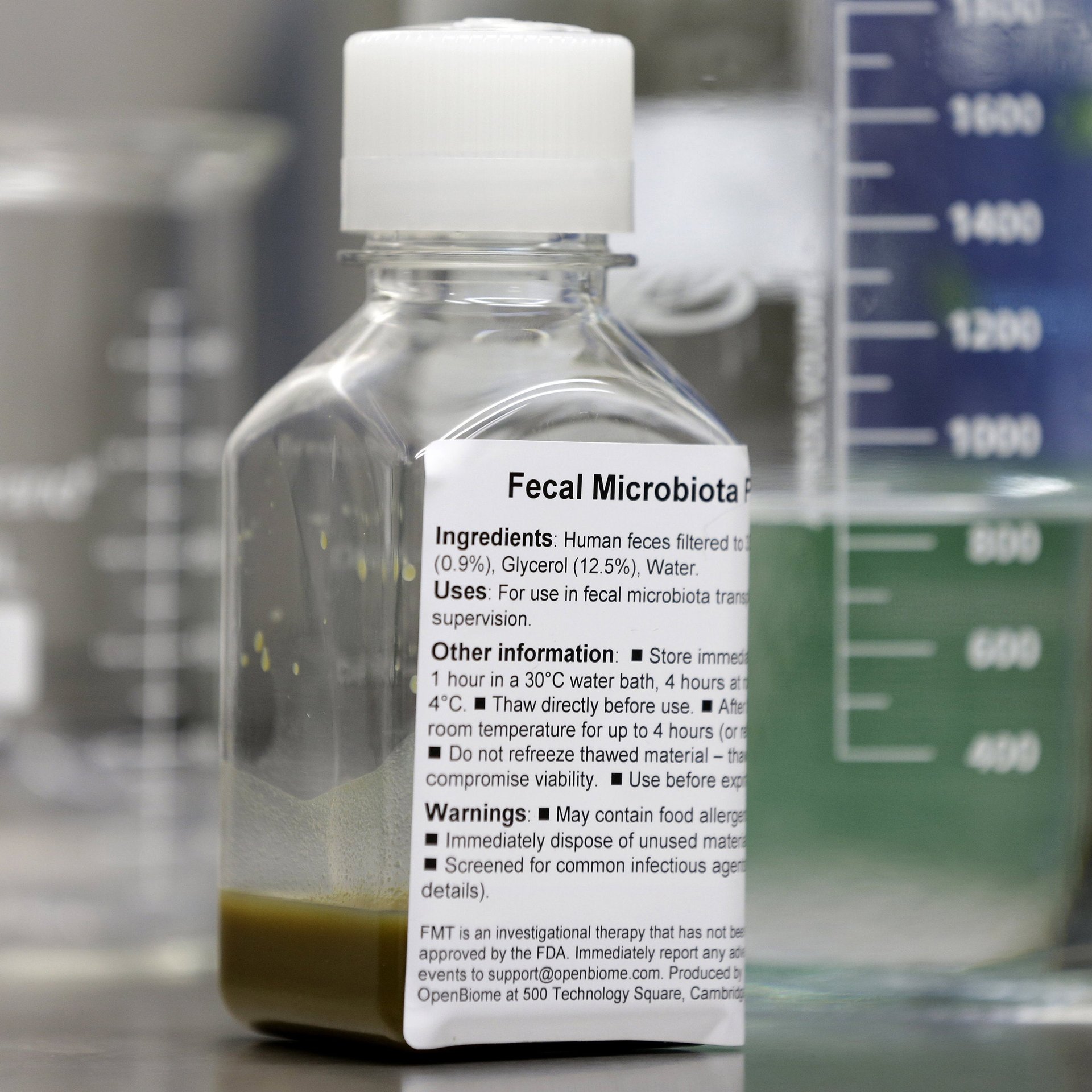Poo’s clues: what sewage can tell us about public health
We are all populated by microbes—helpful or otherwise—which form a community known as a microbiome. Recent research by Ryan Newton and co-workers has shown that sewage-based analysis of the human microbiome can be used to diagnose health issues at a population level.


We are all populated by microbes—helpful or otherwise—which form a community known as a microbiome. Recent research by Ryan Newton and co-workers has shown that sewage-based analysis of the human microbiome can be used to diagnose health issues at a population level.
Large-scale monitoring of human populations and their activities takes many forms—from satellite imagery to censuses—providing data that can inform future policies. At this scale, we can collect and store data to assess the health of a nation. Projects such as BiobankUK and the 100,000 genomes project aim to fully describe human genetics and health at the cellular and molecular level, while revealing information at an individual and population level. This will result in the creation of a UK disease map, possibly linked to genetic information and factors that significantly affect health.
These projects focus on the human genome—yet we are not just human. Each of us is populated by microbes: bacteria, viruses, fungi and protozoa. Bacterial cells alone outnumber our own by a factor of 20. No one has estimated the number of viruses, but we expect between ten and a hundred times more than the bacteria. In the body, microbial genes outnumber human genes by a factor of 200.
We are now able to look not only at the numbers of microbes in the body, but can also find out what they are and determine their functions. DNA sequencing on very large scales indicates which bacteria dominate different environments and different processes. This sequencing defines the identity of the microbes. When targeted correctly, it can also define function at a molecular level. This is particularly useful in describing the human microbiome and its value to human health.

The microbes that form our microbiome provide protection against disease, top up our immune system, help metabolize our food into simpler more useful compounds, and provide some essential nutrients such as vitamin K. The genetic profile of bacteria in feces provides individual microbial fingerprints. This shows that the microbiome in all humans has a shared essential microbial function whilst having some variability in its microbial composition.
Gut microbes also vary with progressing age, dietary changes, disease states, and across differing human populations. Changes in the diversity of the microbiome are associated with certain chronic illnesses such as inflammatory bowel disease. By looking at the microbial profiles of bacteria in the colon, we can even show a difference between people with Crohn’s disease and irritable bowel syndrome compared to people with ulcerative colitis.
This type of diagnostic analysis has now been taken a step further. Whilst recognizing that feces are a proxy for the gut microbiome within and among human population, Ryan Newton and co-workers examined sewage samples and compared them to human fecal samples. They showed that sewage effluent accurately reflects a composite fecal microbiome from human populations not only at an individual level but over different demographic scales—city, country, or continent—using 71 cities in the USA as a sampling ground.
Sorting the fat from the lean
Among the core set of organisms detected, significant variation was seen at a population level rather than at an individual level. This variation clustered into three primary community structures distinguished from different groups of microbes: Bacteroidaceae, Prevotellaceae, or Lachnospiraceae/Ruminococcaceae. These distribution patterns reflected human population variation and even predicted whether samples represented lean or obese populations with 81 to 89% accuracy.
So why not just observe the “fat and lean” by sitting at a busy railway station in disguise rather than extract the bacteria from sewage? Well, not everyone in the population will pass the detective’s observation point but almost all will submit their sample to the sewer, to be subjected to sewage molecular “satellite” imagery. And sewage can be used to analyze many more health issues than simply the weight of the population.
Of course there will be limitations to this approach. But as a means for analyzing data at a city, country or continental level, the limiting factor may simply be how many samples we can collect and analyze.
The full potential of this technique has yet to be realized but advances in sequencing and bioinformatics—coupled with increasing sensitivities of analysis—could make sewage monitoring a routine part of health analysis. This could be used to inform policy at local and national scales and ultimately could even benefit personal health strategies.